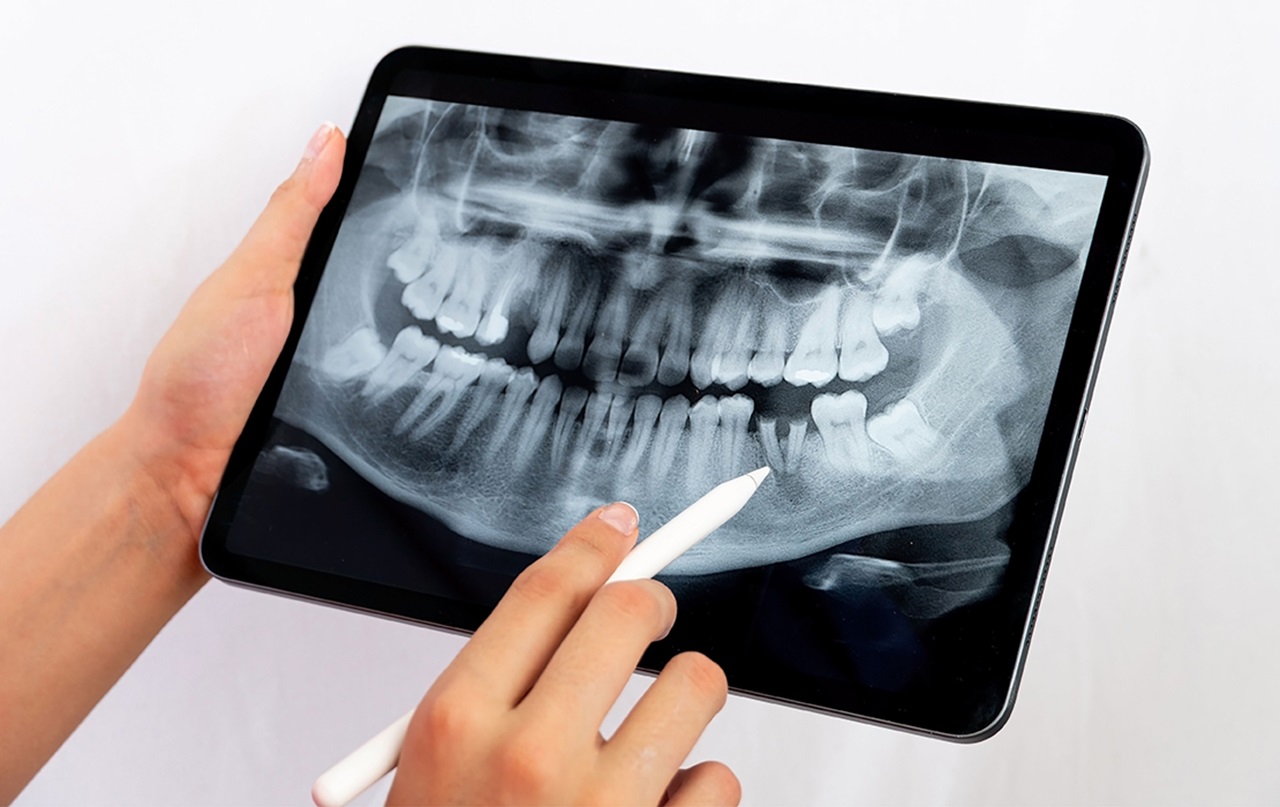Dental X-rays are a useful diagnostic tool to help your dentist monitor your oral health over time. These images can confirm that your teeth are healthy or reveal damage or disease not visible during a dental exam, such as new cavities or impacted teeth.
When you need X-rays
Your dentist will review your history and examine your mouth to determine whether you need X-rays.
How often X-rays should be taken depends on
- your present oral health
- your age
- your risk for disease
- any signs and symptoms of oral disease
For example, children and teens may require X-rays more often than adults because their teeth and jaws are still developing.
If you are a new patient, your dentist may recommend X-rays to determine your current oral health and have a baseline to help identify changes that may occur later. If a previous dentist has any images of you, your new dentist may ask for copies instead of ordering new ones. Ask both dentists for help with forwarding your X-rays.
You may not need an X-ray at every dental visit. According to 2024 recommendations by an expert panel of dentists at the American Dental Association (ADA), X-rays should be taken only when your dentist believes they will provide the necessary diagnostic information to help you reach your best dental health.
X-ray safety
Dental X-rays emit very low doses of radiation, which makes the risk of experiencing potentially harmful effects very small. Dental X-ray tools and techniques are designed to limit the body's exposure to radiation, and radiation doses in dental imaging procedures are much lower now than they were in the past because of advances in technology.
Still, ADA experts recommend X-rays in moderation to lessen radiation exposure.
Abdominal and thyroid shielding (the use of leaded aprons and/or collars) is also no longer needed for patients of all ages and health statuses (like pregnancy). These tools can block the main X-ray beam. When this happens, additional X-rays may be needed, something your dentist wants to avoid.
To get the best images of your teeth, your dentist or dental team will make sure you are properly positioned for your X-rays and that the beam is focused on the area of interest.
In recent years, several professional organizations, such as the American Academy of Oral and Maxillofacial Radiology and American Association of Physicists in Medicine, have supported discontinuing the use of lead shielding in dental and medical imaging exams.
Shielding may still be used in some practices due to local regulations. If you have any questions about X-rays, don’t hesitate to ask your dentist.
More about X-rays:
